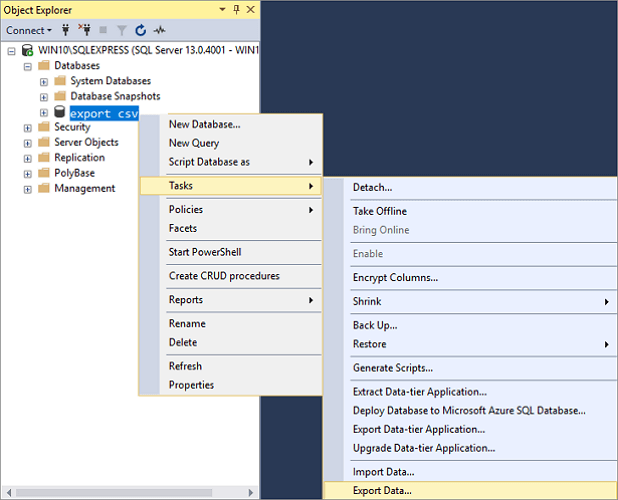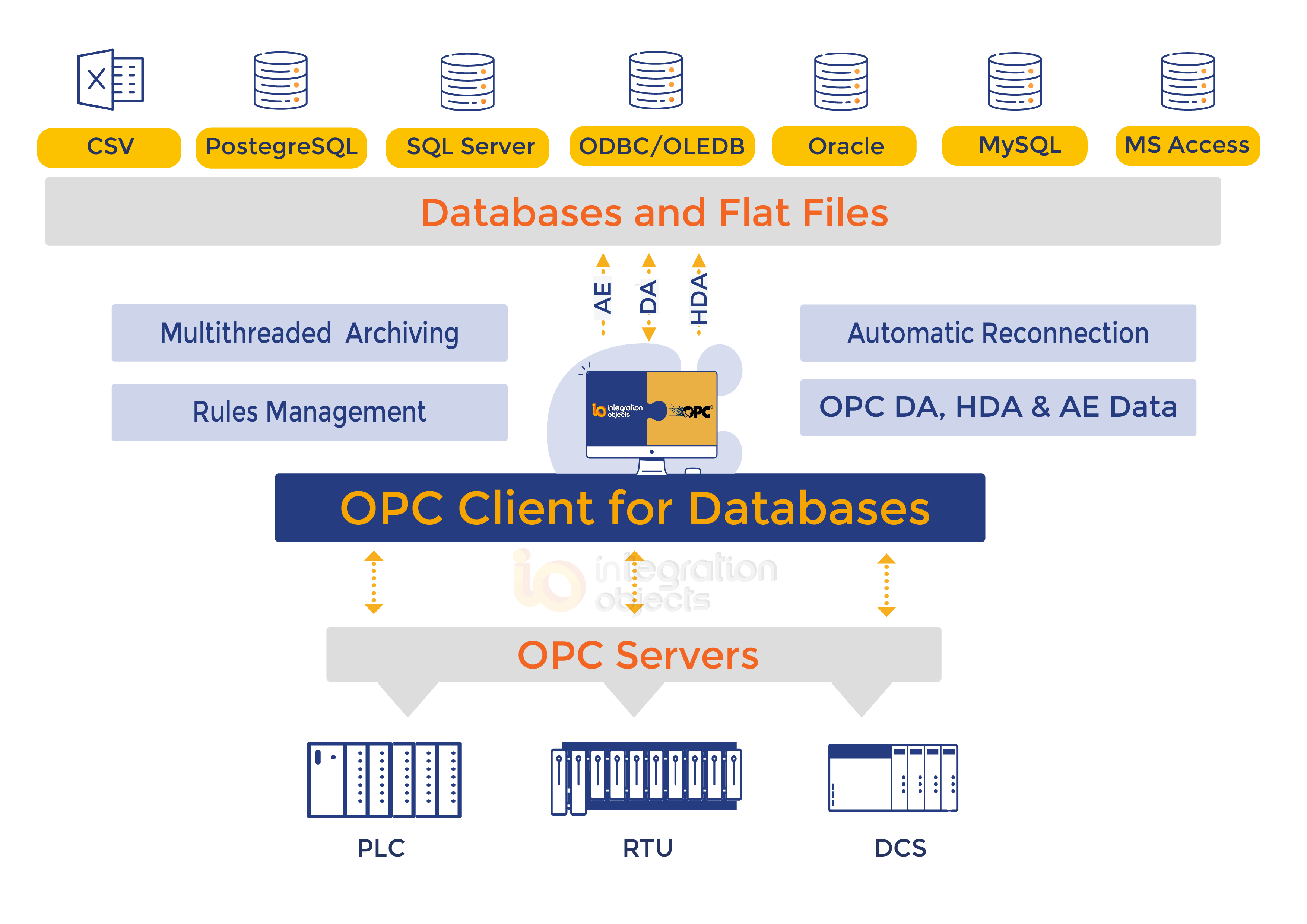

For more information, see Microsoft ODBC Driver for SQL Server on Windows. For more information, see Administer ODBC data sources.Īlthough you can still use prior versions of the SQL ODBC driver, we recommend using version 13.1, which has many improvements, and supports new SQL Server 2016 features.

You can create a DSN file directly by using the Data Connection Manager. Use a DSN file when you want to rely on the same connection information for different link and import operations or to share with a different application that also uses DSN files. You can create a DSN file or reuse an existing one. To link to data, select Link the data source by creating a linked table. To import data, select Import the source data into a new table in the current database. In the Get External Data – ODBC Database dialog box, do one of the following: Select External Data > New Data Source > From Database > From SQL Server. For more information, see What is the Relationships window? and Create, edit or delete a relationship. You can manually create the relationships between new and existing tables by using the Relationships window. Access does not automatically create relationships between related tables at the end of an import operation. Plan for making additional relationships.
#FLAT SQL CLIENT FOR WINDOWS PASSWORD#
This is especially important if you choose to save the SQL Server password in Access. Secure your Access database and the connection information it contains by using a trusted location and an Access database password. In this case, consider linking to the data instead of importing. If the SQL Server database contains large tables, you might not be able to import them all into a single Access database. The maximum size of an Access database is two gigabytes, minus the space needed for system objects. As a workaround, you can create a view in the SQL Server Database to access the columns beyond the limit.ĭetermine the total amount of data being imported. Access does not support more than 255 fields in a table, so Access links or imports only the first 255 columns. You can link to or import more than one table or view in a single operation.Ĭonsider the number of columns in each table or view. Identify the tables or views that you want to link to or import, and uniquely-valued fields for linked tables. For more information on the methods of authentication, see Connect to Server (Database Engine) and Securing your database. Locate the SQL Server database server name, identify necessary connection information, and choose an authentication method (Windows or SQL Server). Want things to go smoother? Then make the following preparations before you link or import: When you import data, Access creates a one-time, copy of the data, and so changes to data in either Access or the SQL Database are not synchronized. When you link to data, Access creates a two-way connection that synchronizes changes to data in Access and the SQL Database. For more information, see SQL Server 2016. You can link to or import data from an SQL Database, which is a high-performing managed database used for mission-critical applications.


 0 kommentar(er)
0 kommentar(er)
